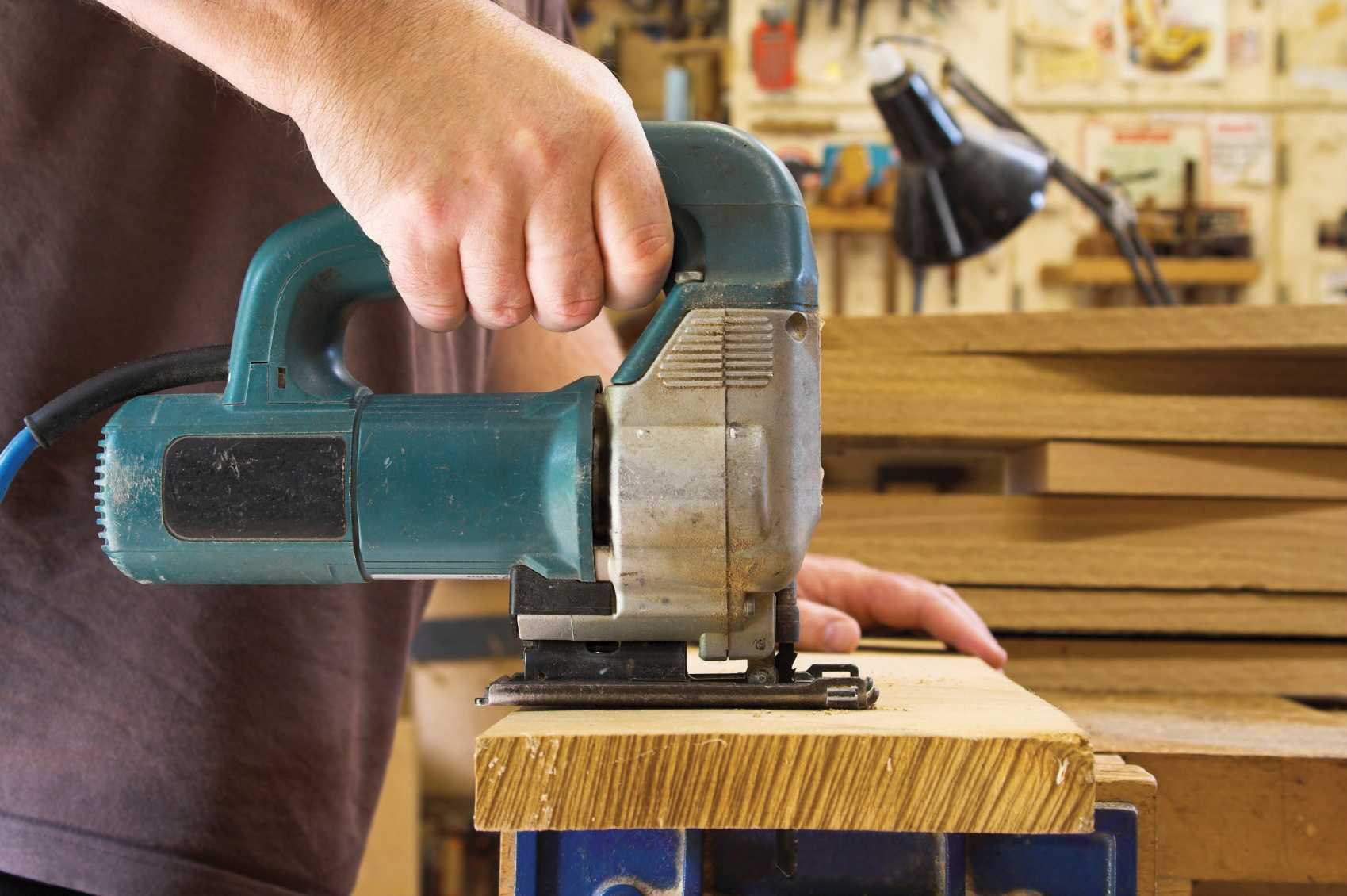Jig Saw Safety Tips – Disston is committed to providing the highest quality products available on the market and we place the same commitment to the safety of our products and to the professionals and homeowners who use them. With that in mind, we are proud to offer advice and best practices for safe use of our tools and accessories.
JIG SAW SAFETY TIPS
- Familiarize yourself with your saw’s owner’s manual. This will include specifics regarding your jig saw’s components and features.
- Before operating a jig saw, you should gear up in the appropriate personal protective equipment. This includes a pair of shatter-resistant goggles to protect from dust and chippings and a face mask to protect from breathing in particles. Contrary to what some people may believe, gloves aren’t necessary when operating a jigsaw. In fact, they can actually increase the risk of injury, as the material may catch in the reciprocating saw, pulling your hand into the blade.
- Fit an extraction bag to the jigsaw. This will collect most of the dust and keep the work area clear while cutting.
- A selection of blades can be fitted to a jig saw and the best (and safest) blade for the job depends on factors including what material is being cut. Not sure which blade to use? CLICK HERE to view our operating tips for jig saws.
- Frequently check your jig saw’s blade on a regular basis, and when necessary, sharpen or replace it. Operating a dull jig saw increases the risk of kickbacks (which is the primary source of table saw accidents).
- Because they contain small and weak blades (compared to other power tools), jig saws are somewhat sporadic. Experience and knowledge go a long way in keeping control while operating the jig saw and will reduce the risk of injury.
- Keep the blade and surrounding components of your jigsaw well lubricated to ensure clean cutting. Do not attempt to force the jig saw through hard, stubborn material. If the blade won’t cut, reverse it and try again.
- Jig saws are not intended for use in wet environments. Electrical power tools such as jig saws may shock the operator when exposed to water or even airborne moisture. This is why it’s critical that jig saws are only operated in a dry, covered environment.
- Jig saws should only be operated when plugged into a RCB circuit breaker to reduce the risk of electrical fire and electrocution. Circuit breakers are designed to cut power when the connected devices are pulling too much electricity; thus, protecting against electrical failure. The only exception to this rule is the use of a portable jig saw with a dedicated/rechargeable battery.
- Check out our selection of Jig Blades HERE for packs of 2 or 25 of bi-metal, carbon, high speed steel or carbide grit blades. Sets can be found HERE.

